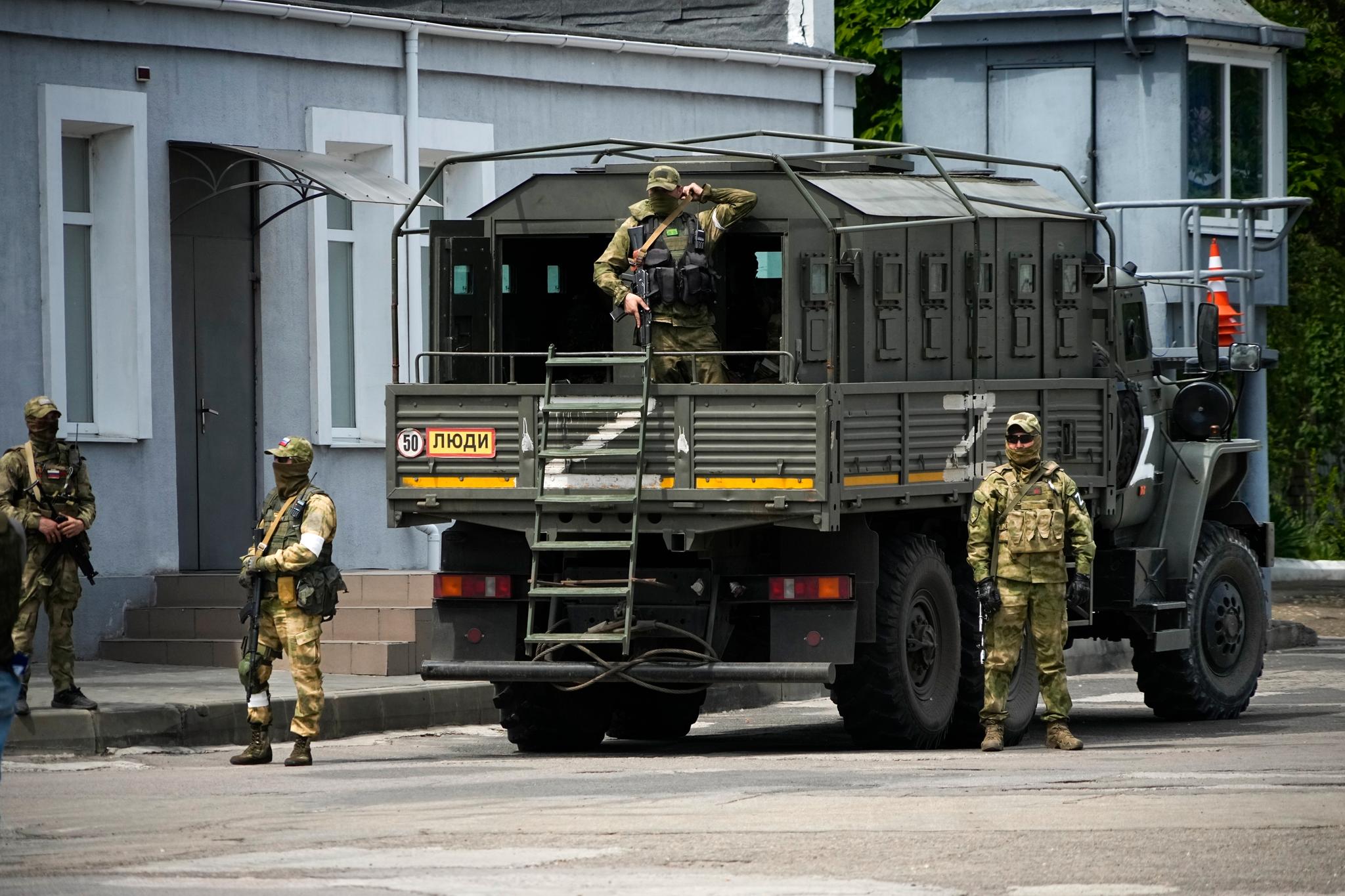The first results of the European EPI-CT study show a strong dose-response relationship between radiation exposure from CT scans in children and young adults and the subsequent risk of brain tumors.
For this cohort study, the researchers pooled data from 276 hospitals from 9 European countries. Eligible subjects had had at least 1 CT scan between 1977 and 2014 before the age of 22 years, had no previous cancer diagnosis or a benign brain tumor, and were cancer-free and in good health at least 5 years after the first CT scan. to live. Participants were linked to national or regional cancer registries and patients were selected from these with brain tumors according to the WHO International Classification of Diseases for Oncology. Gliomas were analyzed individually. The excess relative risk (ERR) for brain tumors per 100 mGy cumulative radiation dose to the brain was calculated using linear dose-response models. This looked at a first reported diagnosis of brain cancer in the period from 5 years after the first electronically recorded CT examination.
948,174 individuals were identified, of whom 658,752 (69%) were eligible to participate; of them, 56% were male. During a median follow-up period of 5.6 years (IQR 2.4-10.1), 165 brain tumors were recorded, including 121 gliomas (73%). The mean cumulative brain dose was 47.4 mGy (SD 60.9) in all subjects and 76.0 mGy (100.1) in those with brain tumors. A significant linear dose-response relationship was observed for all brain tumors (ERR per 100 mGy: 1.27; 95% CI 0.51-2.69) and for gliomas individually (ERR per 100 mGy: 1.11; 0.36- 2.59). Delaying the start of the follow-up period after the first CT scan from 6 to 10 years gradually reduced the ERR per 100 mGy cumulative dose, although it remained significant.
Bron:


